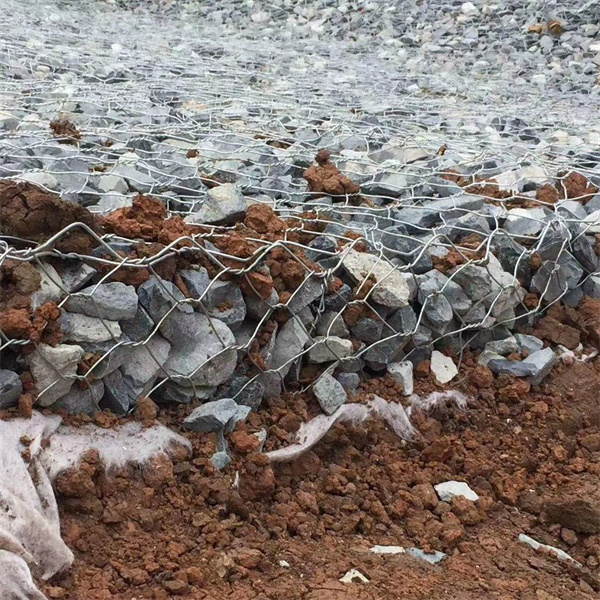Agosti . 19, 2024 18:32 Back to list
Detailed Overview of Gabion Wall Cladding by Leading Manufacturers and Design Options
Understanding Gabion Wall Cladding Detailed Insights from Manufacturers
Gabion wall cladding has become increasingly popular in contemporary architecture and landscaping due to its unique aesthetic appeal and structural benefits. This innovative solution leverages the natural beauty of stone combined with the practicality of wire mesh, offering a durable and environmentally-friendly alternative to traditional wall systems. As we delve into the details provided by manufacturers, let's explore the features, advantages, and considerations associated with gabion wall cladding.
What are Gabion Walls?
Gabions are wire mesh containers filled with stone, rock, or other materials, forming a robust and flexible structure. Gabion walls are often used for landscaping, erosion control, and decorative purposes, serving as retaining walls, noise barriers, or simply as design elements in gardens and outdoor spaces.
Manufacturing Details
Manufacturers of gabion wall cladding typically focus on high-quality materials to ensure the longevity and durability of their products
. The wire mesh is usually made from galvanized steel or coated with PVC to resist corrosion. This is crucial, especially in regions with extreme weather conditions, ensuring that the gabions withstand time and environmental impacts.The size of the cages and the type of filling materials can vary widely, offering versatility for different projects. Common filling materials include locally-sourced stones, which not only reduce transportation costs but also blend seamlessly with the surrounding landscape. Manufacturers often provide customizable options regarding the dimensions and shapes of gabions, catering to the specific needs of architects and designers.
Aesthetic Appeal
gabion wall cladding detail manufacturer

One of the most significant advantages of gabion wall cladding is its aesthetic flexibility. The exposed stone creates a natural and rustic appearance, making it a perfect choice for contemporary and eco-friendly designs. Manufacturers often suggest various stone types and colors, allowing clients to choose materials that best fit their vision and landscape.
From sleek, modern designs using larger stones to more traditional looks with smaller, irregularly shaped rocks, the possibilities are endless. Additionally, gabion walls can be adorned with plants or integrated with wooden elements, further enhancing their visual appeal.
Environmental Benefits
Gabion walls are not just aesthetically pleasing; they also contribute positively to the environment. They promote drainage and allow water to flow through, reducing the likelihood of flooding and erosion. The use of natural stone encourages biodiversity, providing habitats for various plant and animal species. Local sourcing of materials minimizes the carbon footprint associated with transportation, making gabion wall cladding an eco-friendly choice.
Installation Considerations
While gabion walls offer many benefits, manufacturers emphasize the importance of proper installation to ensure structural integrity. The subsoil must be adequately prepared, and considerations regarding drainage must be made to prevent water accumulation behind the wall. Additionally, the quality of the mesh and the locking mechanisms used to secure the stones are crucial factors that can influence durability.
Conclusion
Gabion wall cladding presents a remarkable blend of aesthetics, functionality, and environmental sustainability. Manufacturers play a critical role in providing high-quality materials and ensuring proper design and installation techniques. As more architects and homeowners recognize the benefits of gabion walls, this unique cladding solution will likely continue to gain traction in various applications, from residential gardens to urban landscapes. With careful consideration of design and execution, gabion wall cladding can not only enhance visual appeal but also contribute positively to the environment and society.
-
The Role of Galvanized Gabion Mesh in Riverbank Protection
NewsJun.26,2025
-
The Role of Gabion Basket Raised Bed in Sustainable Gardening
NewsJun.26,2025
-
Quality Assurance of Wire Mesh Gabion Baskets
NewsJun.26,2025
-
Installation Guide for Welded Gabion Box
NewsJun.26,2025
-
How to Choose the Right Gabion Box
NewsJun.26,2025
-
Different Types of Gabion Wire Mesh
NewsJun.26,2025
-
Why PVC Coated Gabion Mattress Is the Best Solution for Long-Term Erosion Control
NewsMay.23,2025






